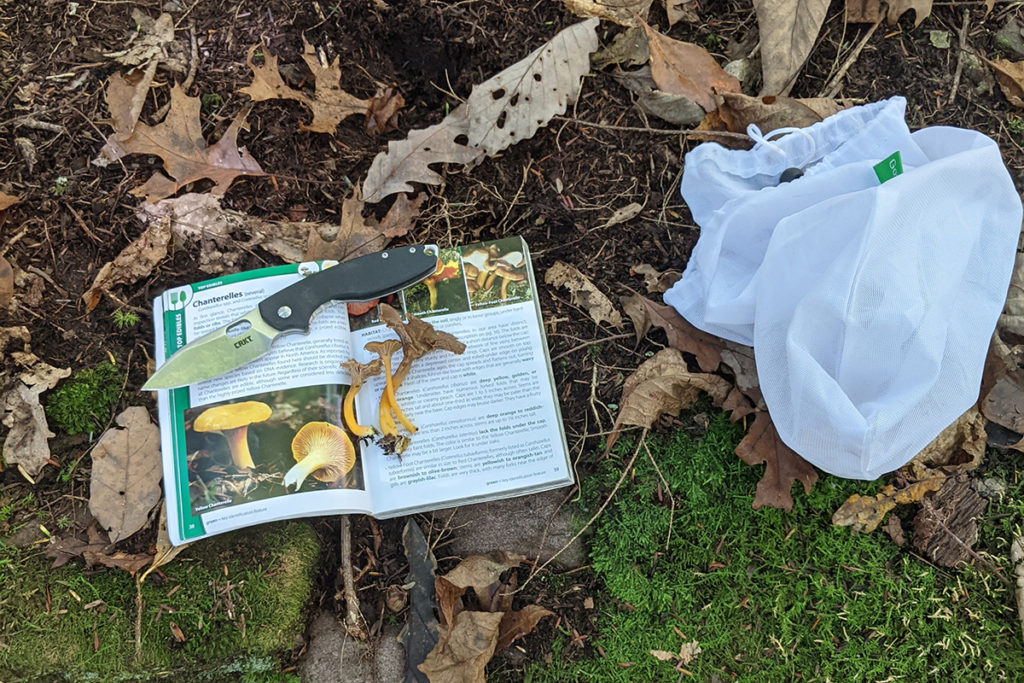
With the holidays fast approaching, many of us are making lists and checking them twice. While some people are easy to find gifts for, there’s always one or two people that are harder to pin down.
Foragers, for example.
It can be tough shopping for someone with a hobby or interest you’re unfamiliar with. Even if you find something that’s marketed toward that hobby, with no experience yourself, you’re left wondering whether this gift is useful or gimmicky?
Oh, my friend, fear not. If you’ve got a forager on your gift list, prepare to wow them this holiday season.I am here to help! I’ve put together a great list with something for everyone on it.
Whether your favorite forager is a novice just learning to eat from the wild or a seasoned pro who will outlive all of us in the zombie apocalypse, there is something on this list for all of them.
1. A Good Field Guide
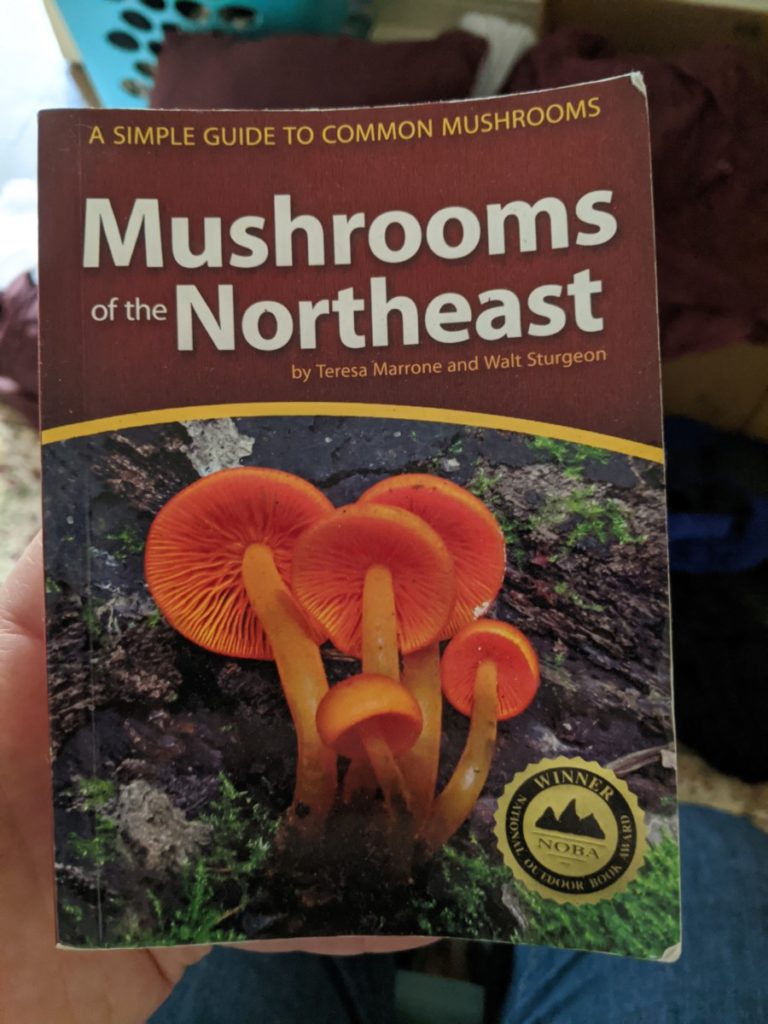
This is where it all starts.
For foragers, field guides are the key to deciphering whether something is edible or better left alone, so they’re the forager’s bread and butter. And like many foragers will tell you, you can never have too many field guides.
An important note about choosing a field guide:
When it comes to foraging, location is everything, especially for mushrooms. It’s important to use a field guide for where you are foraging.
Some of the most common foraging mishaps leading to poisoning are when someone foreign to a country or region ingests something they found in their new-to-them area that looks like something they were used to eating back home. Many species of plants and fungi are specific to a certain area.
And even when safety isn’t a concern, it’s no fun having a book full of plants that don’t grow anywhere near you.
Don’t let this prevent you from purchasing a field guide; remember, these are important tools.
Picking one out is as simple as an Amazon search consisting of “Region or State + Foraging Guide” or “Region or State + Mushroom Guide.”
There are many field guides specific to different regions in the US, like the Northeast, the Pacific, or the Southwest. Choose one as close to where your forager lives and forages as possible.
If you can find state-specific field guides, these are even better and make for a fun “bucket-list” kind of guide for your forager as they try to find an example of every species in the guide.
I’ll start you off with a few good recommendations; beyond that, the search I mentioned above will get you on the right path.
Peterson and the National Audubon Society are both reputable resources for good field guides.
National Audubon Society Field Guide to North American Mushrooms
Peterson Field Guide to Edible Wild Plants: Eastern/Central North America
Mushrooms of the Pacific Northwest
Midwest Foraging: 115 Wild and Flavorful Edibles from Burdock to Wild Peach
Northeast Foraging: 120 Wild and Flavorful Edibles from Beach Plums to Wineberries
Mushrooms of the Rocky Mountain Region
2. Foraging Cookbooks
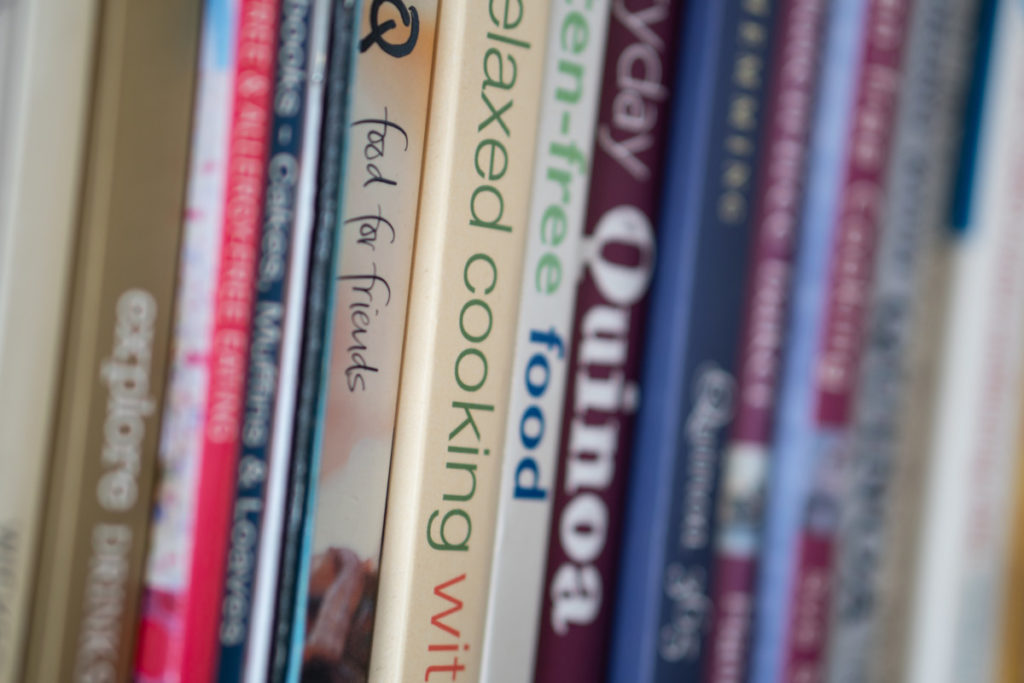
In the end, foraging is about eating or making something with what you find. Cookbooks using wild foraged food are a great gift because, let’s face it, Fannie Farmer isn’t known for her spring nettle soup with a dandelion green flatbread.
Edible Wild Plants for Beginners: The Essential Edible Plants and Recipes to Get Started
This is a great book for beginners as not only does it cover plants, but it also provides recipes.
The New Wildcrafted Cuisine: Exploring the Exotic Gastronomy of Local Terroir
If you’ve got a foodie forager on your list, then this cookbook is going to keep them happy in the kitchen.
And finally, for all of those fungi-s and fun-gals on your list, a mushrooms-only cookbook.
3. A Foraging Basket
A tisket, a tasket, the most important gear is a basket. Whether they’re gathering dandelions and violets from their backyard or they’re on the hunt for lions mane (a popular mushroom) deep in the woods, foragers need something to carry their finds back home.
And for nearly as long as we’ve been foraging, a basket is the go-to gear.
Not only are baskets great for carrying home your bounty, but you can keep all of your foraging gear in your basket when you’re not out in the wild.
I’ve rounded up a few baskets that are perfect for foraging, including my personal favorite.
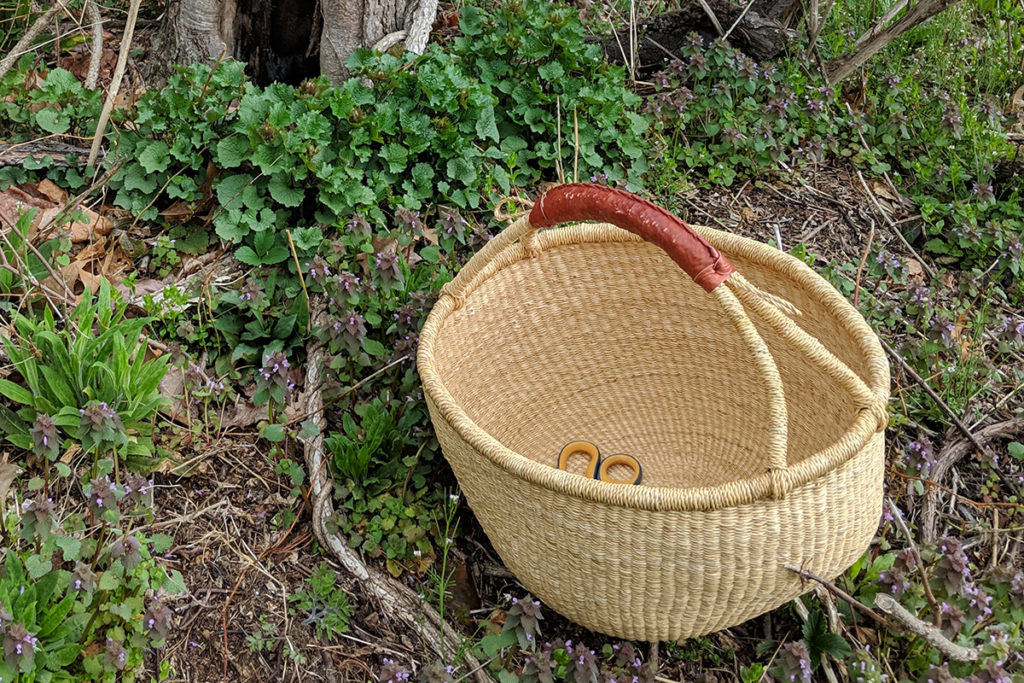
This is my basket of choice; it’s big enough to hold a full day’s worth of mushrooms and anything else I might find in the woods. And when I’m finished, all of my gear fits nicely in this basket for storage.
This style of basket, with its large flat tray, is perfect for holding anything with stems. If you’re picking an entire basket of garlic mustard or chickweed, or calendula flowers, this is the basket for the job.
If baskets aren’t their thing, a good ol foragers pouch is the way to go. Canvas is the perfect fabric, too, rugged yet washable; it will last them for ages.
These pouches are perfect for beachcombing too!
4. Mushroom Knife
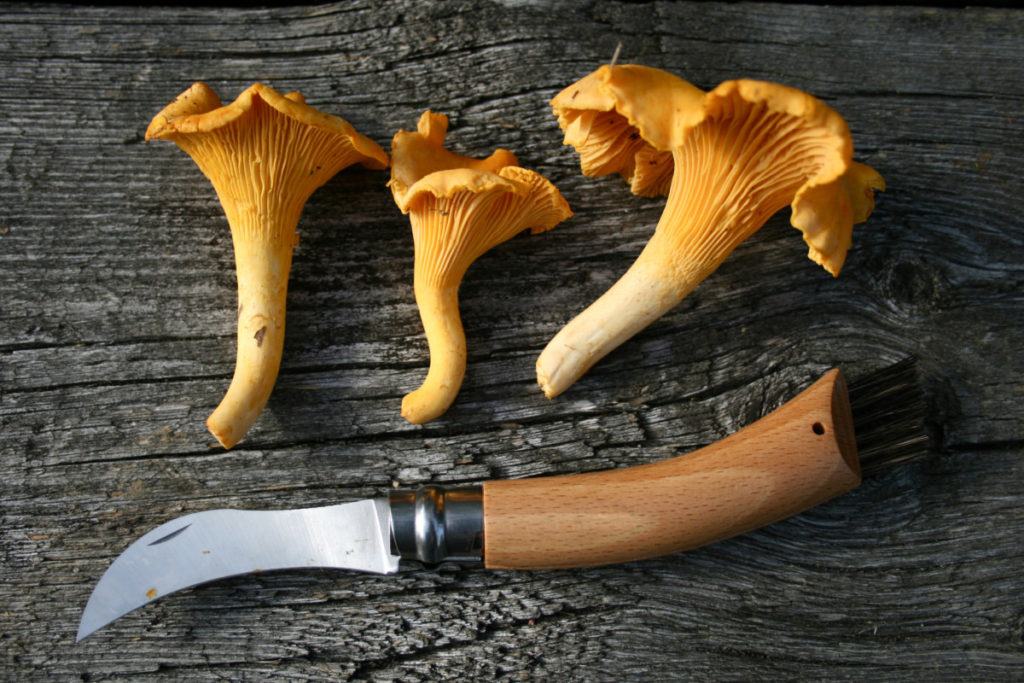
The Opinel mushroom knife is the gold standard in the mushroom hunting community, and it’s easy to see why. This little French knife is perfectly pocket-sized with a blade that locks open or closed. And it’s got a handy brush attached to the bottom for cleaning off mushrooms in the field; always a chore best done as soon as you pick a mushroom.
5. Gloves
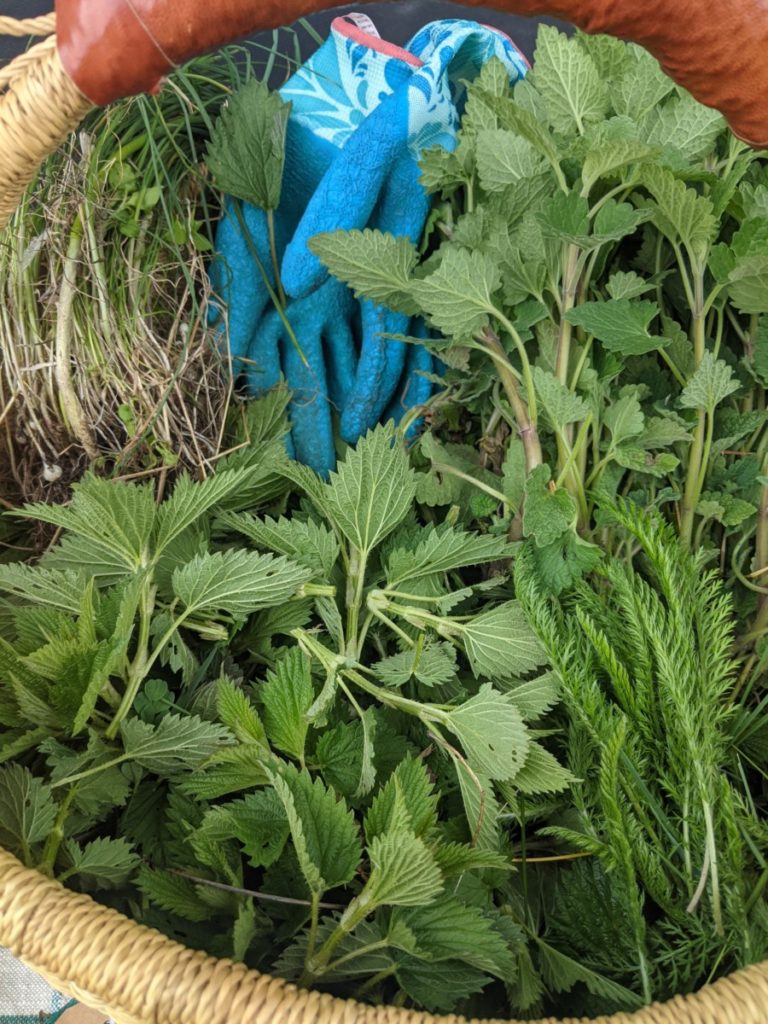
As anyone who has come across a lush stand of stinging nettle will tell you, gloves are a must when you’re out foraging. The perfect foraging gloves are lightweight, nimble, and yet still protective. Because the sting of the stinging nettle is not one you’ll soon forget, no matter how much you love nettle tea.
And for that, I suggest a good “dipped” gardening glove, like these Digz Long Cuff Stretch Knit
6. Field Scissors
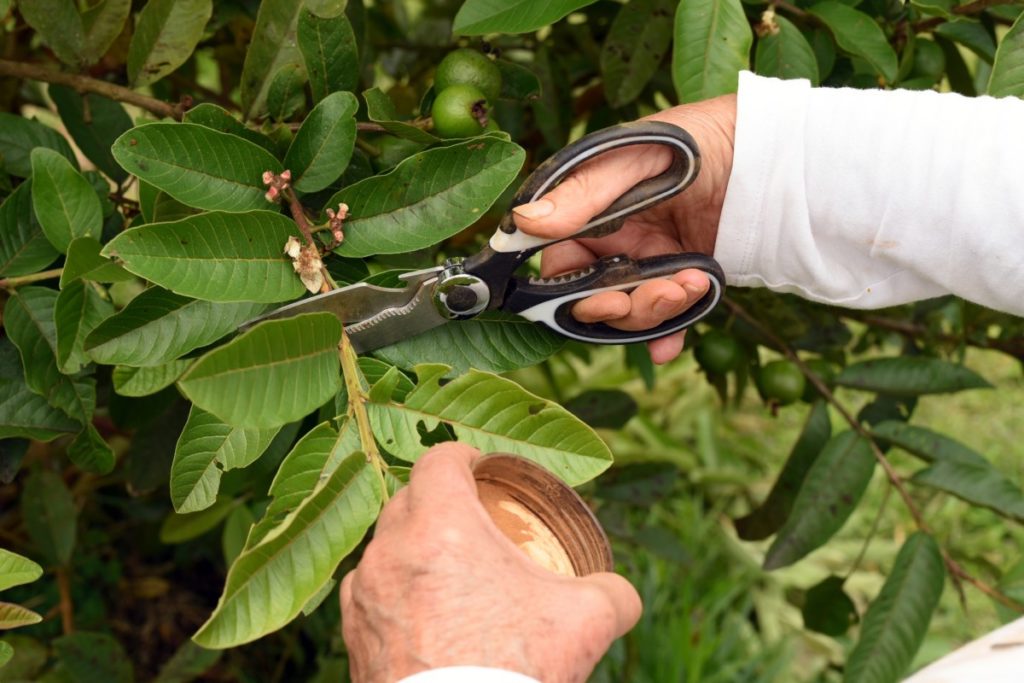
A pair of sturdy scissors come in handy when picking greenery, whether it’s leaves, flowers or stalks. Having a dedicated pair of scissors just for your foraging kit means one less thing you have to remember before you head into the woods. This heavy-duty pair of scissors stand your gift recipient in good stead.
7. Hiking Gaiters
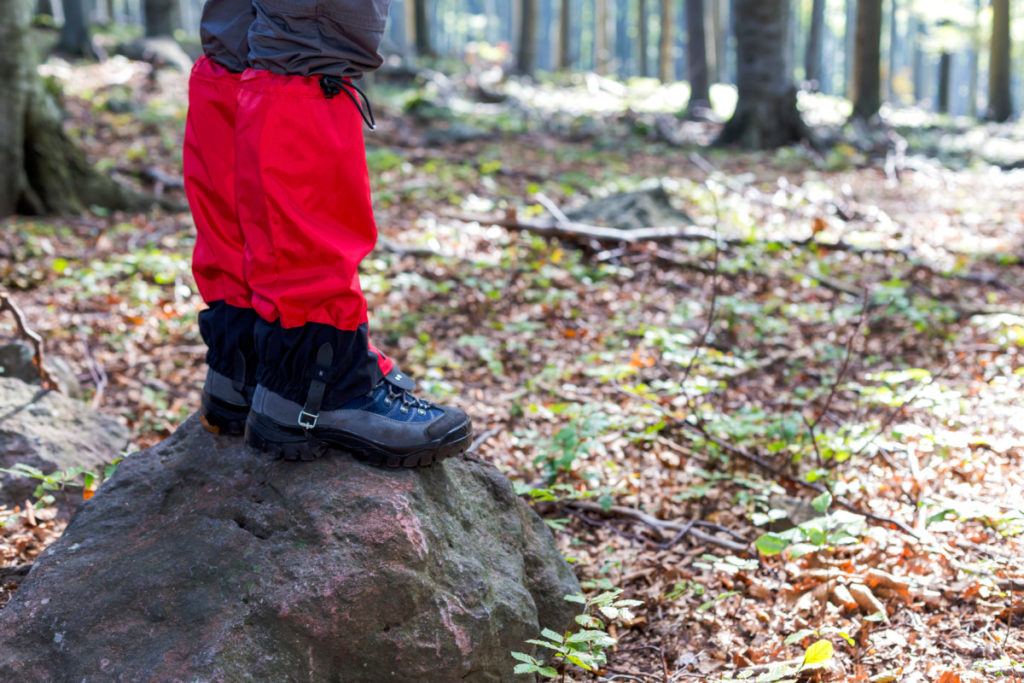
Hiking what? Gaiters. No, not the kind that hangs out in Florida swamps. Hiking gaiters are protective sleeves that cover the lower leg and shoe. And these things are amazing! They keep bugs from climbing up your pant legs, they protect your lower legs from scratches and cuts from the underbrush, and they keep out rain, snow and mud.
If you get the high-visibility green, you’ll make sure your favorite forager is seen in the woods too, which is important if they like to wander on public or game lands where hunting is allowed.
8. Mesh Produce Bags
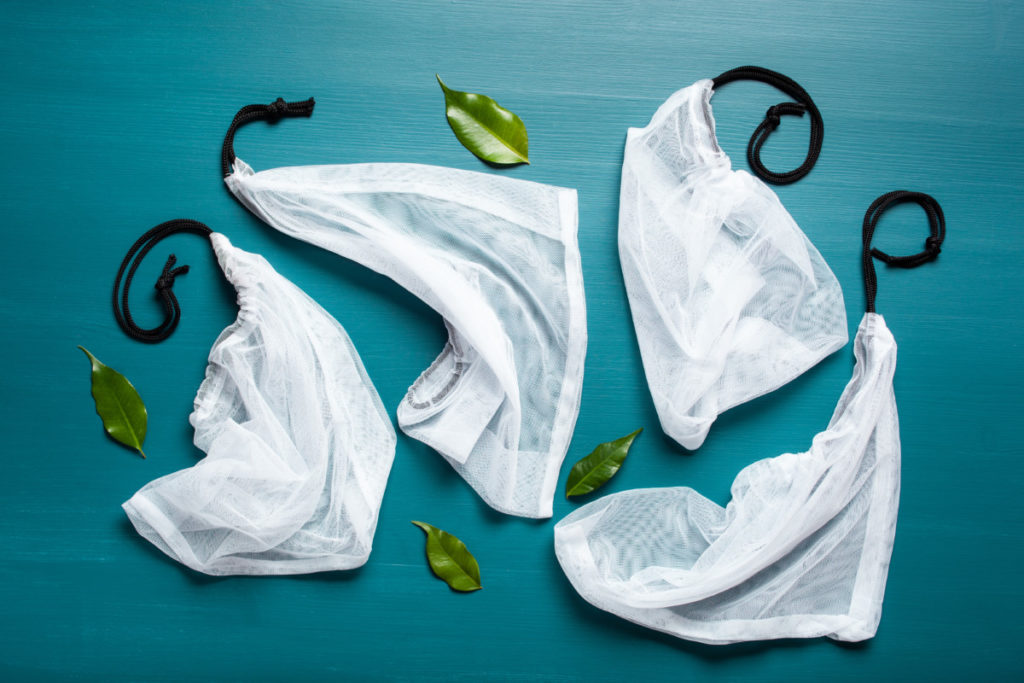
I have a set of these in my foraging basket, and they come in handy. They’re great for keeping foraging finds separate within your basket. Keep tiny violets separate from the dandelions or the wineberries in one bag and the blackberries in another. You get the idea; they’re wonderfully useful.
9. Spore Print Book

The mushroom forager uses Spore print paper to help identify mushroom species. It’s usually printed half black and half white or some variation. You place a mushroom cap on it and wait 24 hours for spores to drop from the gills onto the paper.
Not only is spore print paper an incredibly useful foraging tool, but the prints themselves can be stunning. Get them a bound book of spore print paper to keep and enjoy the prints they make.
Foraging Stocking Stuffers
If you want to fill their stocking with their favorite hobby, here are some great ideas for stocking stuffers.
10. Bear Bell
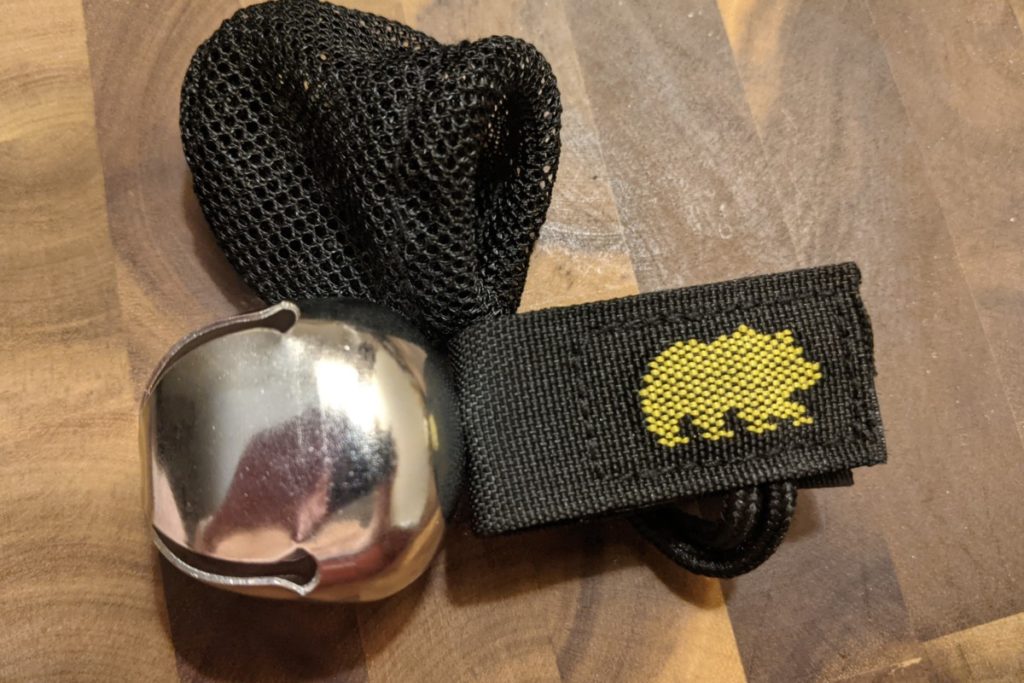
If your foraging friend likes to head out into the woods to hunt and gather, then a bear bell is a thoughtful and practical stocking stuffer. These bells can be attached to a walking stick, belt loop or backpack. Their clear and distinct sound is usually enough to warn wildlife that you’re in the area and send them off in the opposite direction. The bell also has a magnetic silencer when you want to be quiet enough to view the local fauna.
11. Tick Twister
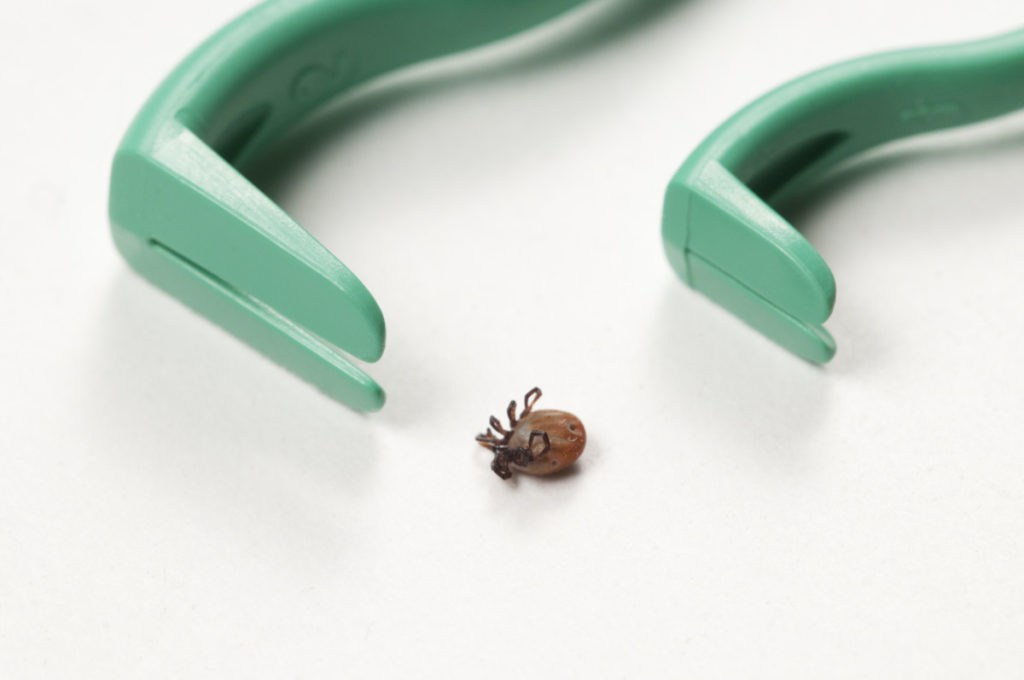
Spending time in the woods and fields searching for wild edibles does come with its own set of risks, including tick bites. Removing ticks correctly so that the head isn’t embedded in the skin requires the proper tools. A Tick Twister is a great option; it’s small enough that you can keep it in your pocket and use it in the field if needed.
12. Bug Spray
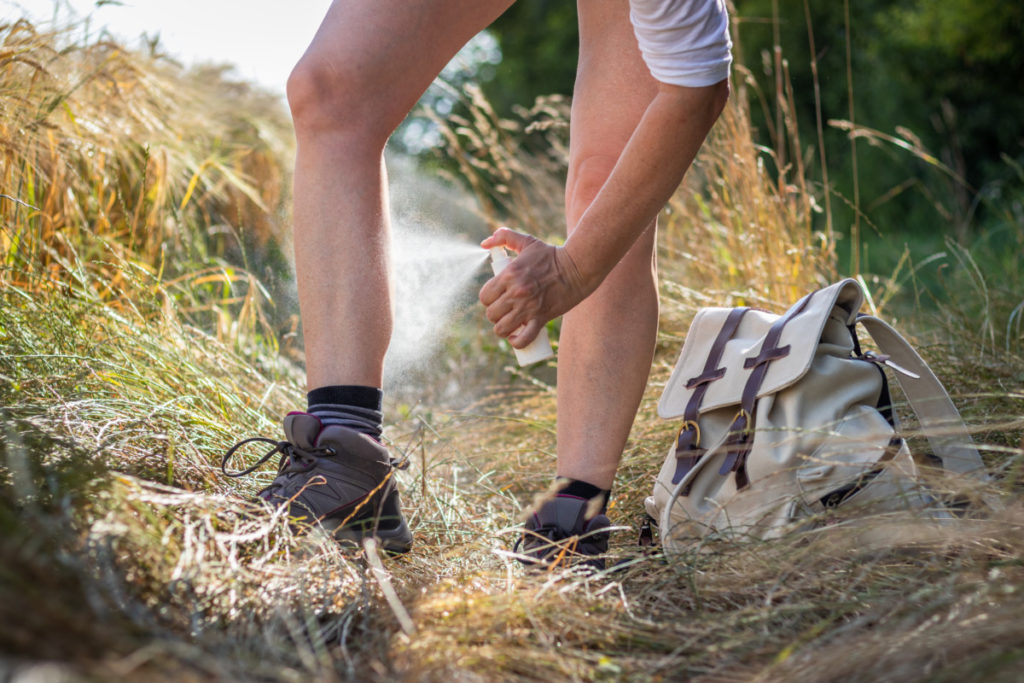
And in keeping with the buggy theme, if you get your gift recipient a tick remover, consider some bug spray as well. Nothing shows you care more than saving someone from mosquito bites!
Murphy’s Naturals Lemon Eucalyptus Oil Insect Repellent is a great all-natural option for keeping bugs at bay.
I hope our list helps you check off one of those tough-to-shop-for people on your list. Happy Holidays!

Get the famous Rural Sprout newsletter delivered to your inbox.
Join the 50,000+ gardeners who get timely gardening tutorials, tips and tasks delivered direct to their inbox.

